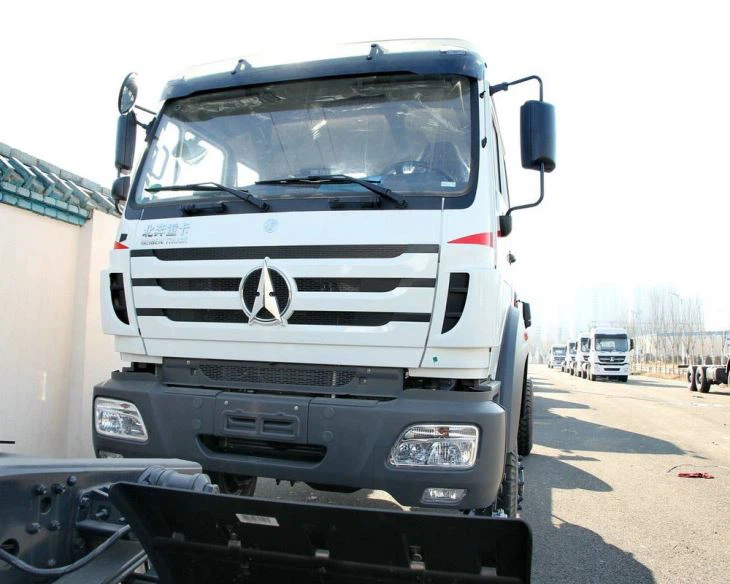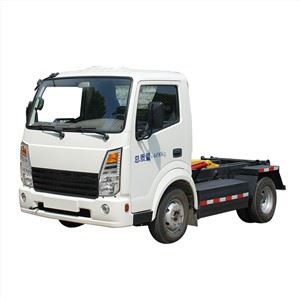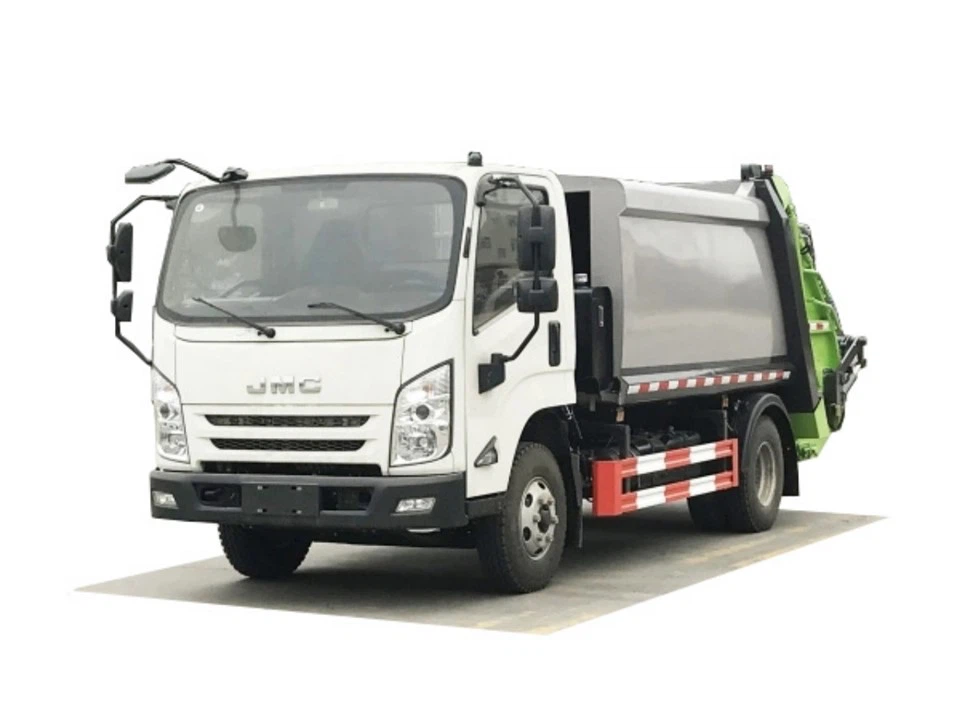Battle Trash Truck: The Ultimate Guide to the Trash Truck Vehicle Revolution

Introduction
The battle trash truck is not just an ordinary refuse vehicle; it’s an innovative blend of utility, resilience, and cutting-edge technology designed to tackle waste management challenges in urban settings. As cities continue to grow, so does the amount of waste generated. This increasing demand for effective waste management solutions has led to the evolution of the battle trash truck. In this comprehensive article, we’ll uncover everything you need to know about battle trash trucks, including their features, advantages, and operational tips, along with a FAQ section to answer common queries.
What is a Battle Trash Truck?
A battle trash truck is a specialized vehicle designed for waste collection in high-density urban environments. Unlike standard garbage trucks, these vehicles are equipped with advanced technology and robust materials to handle tough conditions. They often feature enhanced performance capabilities, improving their operational efficiency and longevity.
Key Features of Battle Trash Trucks
- Durability: Constructed with heavy-duty materials to withstand harsh conditions.
- Advanced Refuse Systems: Various ways to compact and collect waste effectively.
- Technology Integration: GPS tracking, route optimization, and real-time monitoring.
- Eco-Friendly Solutions: Designs often incorporate electric or hybrid engines.
The Evolution of Waste Management Vehicles
Historical Perspective
The concept of waste collection vehicles has evolved significantly over the years. Early models were simple carts manually pulled by horses. In the 20th century, garbage trucks began incorporating hydraulic systems for easier lifting, leading to more efficient waste collection processes.
Technological Advances
Modern innovations have transformed these vehicles into smart waste management systems. Additional features include automated collection systems, which reduce labor costs and improve safety by limiting human interaction with heavy machinery.
Benefits of Using Battle Trash Trucks
1. Increased Efficiency
Battle trash trucks optimize waste collection routes, ensuring that trash is picked up swiftly and effectively, resulting in less fuel consumption and operational costs.
2. Enhanced Durability
Thanks to their sturdy design and robust materials, battle trash trucks can withstand the rigors of daily waste collection in challenging environments, minimizing downtime.
3. Environmental Impact
Many battle trash trucks focus on reducing carbon emissions. Electric and hybrid models are becoming more prevalent, allowing cities to minimize their environmental footprint.
4. Comfort and Safety for Operators
Innovative design years prioritize operator comfort and safety, with features such as ergonomic seats and enhanced visibility, helping to reduce operator fatigue and accidents.

Types of Battle Trash Trucks

1. Rear-Loader Trucks
These trucks have a design that allows operators to load trash from the back. They are versatile and ideal for residential collection.
2. Front-Loader Trucks
Designed mainly for commercial waste management, front-loaders can lift and empty bins from the front. They are often used in businesses and industrial settings.
3. Side-Loader Trucks
With a mechanism that allows loading from the side, these trucks enable easy collection of waste without obstructing traffic, making them suitable for urban areas.
4. Automated Collection Trucks
Equipped with robotic arms, these vehicles can operate independently, collecting trash with minimal human intervention. They are ideal for high-density collection areas.
Operational Tips for Battle Trash Truck Drivers
1. Training is Crucial
All operators should undergo comprehensive training to understand the mechanics of the vehicle and safety protocols effectively.
2. Maintenance is Key
- Regularly check systems, brakes, and hydraulic components.
- Perform scheduled maintenance to reduce breakdowns.
3. Safety Procedures
Implement strict safety measures, including the use of personal protective equipment (PPE) and adherence to traffic regulations, to ensure the safety of both operators and pedestrians.
4. Route Planning
Optimize collection routes using GPS and real-time data to avoid congested areas and save fuel, increasing overall efficiency.
Case Studies of Successful Use of Battle Trash Trucks
1. New York City
New York implemented automated collection trucks in some boroughs, resulting in a notable reduction in operational costs and improved collection times.
2. Tokyo, Japan
Tokyo developed a fleet of hybrid battle trash trucks that have helped reduce air pollution and waste management costs significantly.
Cost Analysis of Battle Trash Trucks
Investing in battle trash trucks comes with significant initial costs. However, the long-term savings from operational efficiency, reduced fuel consumption, and maintenance costs often outweigh the upfront investment.
Cost Considerations
| Expense Type | Immediate Costs | Long-term Savings |
|---|---|---|
| Truck Purchase | $250,000 – $500,000 | Durability reduces replacement frequency |
| Fuel Efficiency | Higher for older models | 50% reduction with hybrid models |
| Maintenance | $20,000 annually | Less frequent repairs needed |
Future Trends in Battle Trash Truck Design
Autonomous Operation
The future may see fully autonomous garbage trucks that collect and process waste without human intervention, enhancing operational efficiencies.
Smart Technology Integration
Integration of IoT (Internet of Things) technology for real-time tracking and monitoring can lead to even smarter waste management systems, improving scheduling and reducing costs further.
Sustainability Initiatives
More municipalities are looking at sustainable solutions, including electrifying their waste fleets and investing in recycling technologies to minimize landfill use.
FAQs about Battle Trash Trucks

1. What is the average lifespan of a battle trash truck?
The average lifespan is typically around 10 to 15 years, depending on usage, maintenance, and operating conditions.
2. Are battle trash trucks environmentally friendly?
Yes, many battle trash trucks focus on reducing emissions through hybrid models and advanced technologies that promote efficiency.
3. How much does a battle trash truck cost?
Costs vary widely, generally ranging from $250,000 to $500,000, depending on features and technology.
4. What type of training do drivers need for battle trash trucks?
Drivers must undergo specialized training covering vehicle operations, safety protocols, and maintenance procedures.
5. Can battle trash trucks operate in narrow streets?
Yes, certain models are designed to maneuver easily in tight spaces, making them suitable for urban environments.
6. How do automated battle trash trucks work?
Automated trucks use robotic arms and sensors to collect trash without direct human operation, enhancing efficiency and safety.
